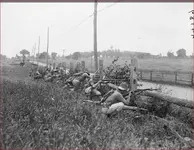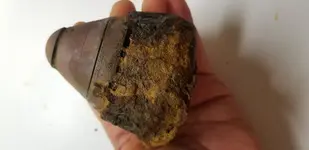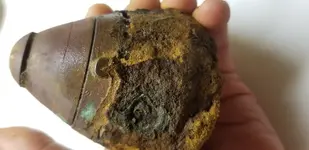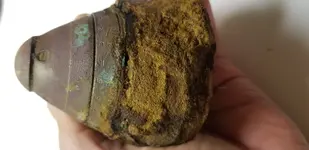BenVa68
Hero Member
- Joined
- Mar 9, 2018
- Messages
- 504
- Reaction score
- 1,731
- Golden Thread
- 0
- Location
- Hopewell va.
- Detector(s) used
- Technetics T2+ Equinox 800
- Primary Interest:
- Metal Detecting
I dug these today at a new spot near a Civil war fort which i wont name to keep the location private but i dug both of them near each other and they were deep. I also dug an Enfield and several roundballs. They resemble the top part of a Hotchkiss shell to me but im not sure. I hope so. These would be my first shells of any type . Can anyone help identify them? I know they are in rough shape but i havent had a chance to clean them yet and i was excited.
Amazon Forum Fav 👍
Attachments
-
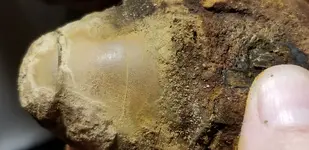 20190611_212725.webp619.3 KB · Views: 68
20190611_212725.webp619.3 KB · Views: 68 -
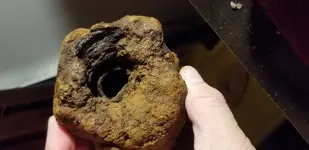 20190611_212649.webp394.3 KB · Views: 70
20190611_212649.webp394.3 KB · Views: 70 -
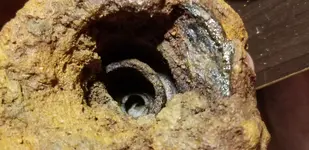 20190611_212635.webp479.9 KB · Views: 62
20190611_212635.webp479.9 KB · Views: 62 -
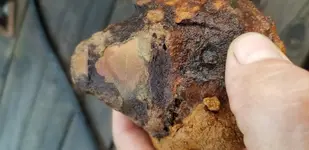 20190611_195144.webp581 KB · Views: 60
20190611_195144.webp581 KB · Views: 60 -
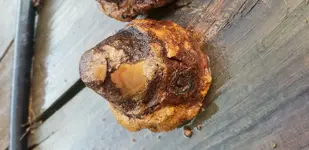 20190611_195110.webp585.8 KB · Views: 61
20190611_195110.webp585.8 KB · Views: 61 -
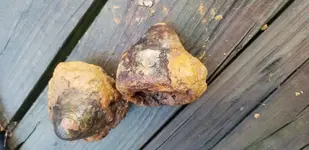 20190611_195228.webp521.6 KB · Views: 65
20190611_195228.webp521.6 KB · Views: 65 -
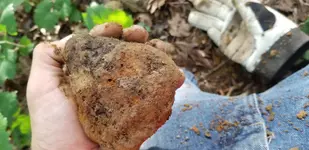 20190611_185220.webp428.3 KB · Views: 59
20190611_185220.webp428.3 KB · Views: 59 -
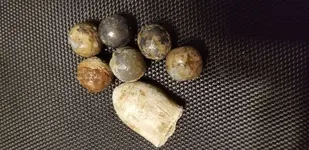 20190611_204559.webp795.6 KB · Views: 75
20190611_204559.webp795.6 KB · Views: 75 -
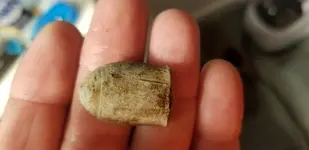 20190611_204511.webp166.6 KB · Views: 60
20190611_204511.webp166.6 KB · Views: 60



